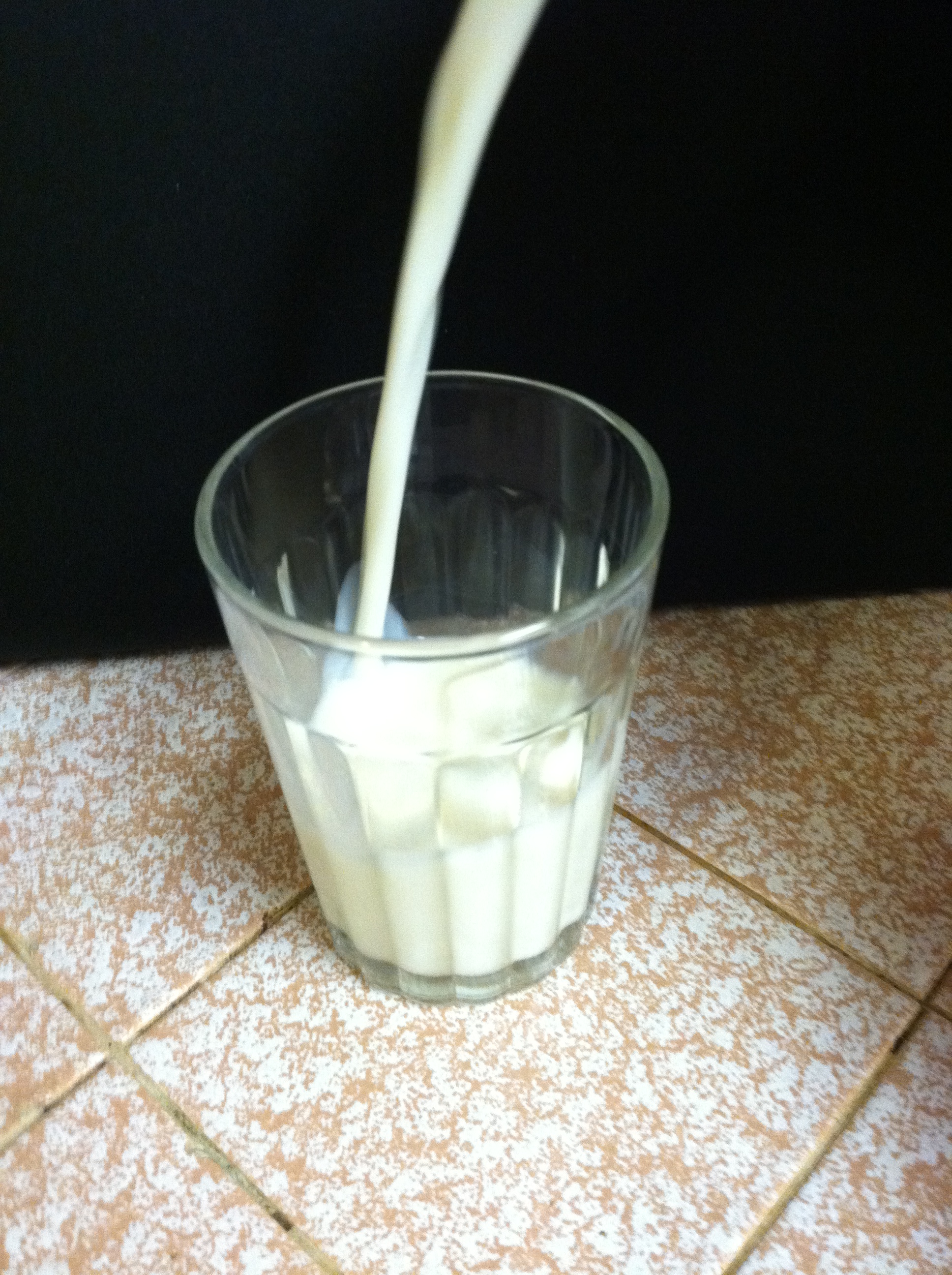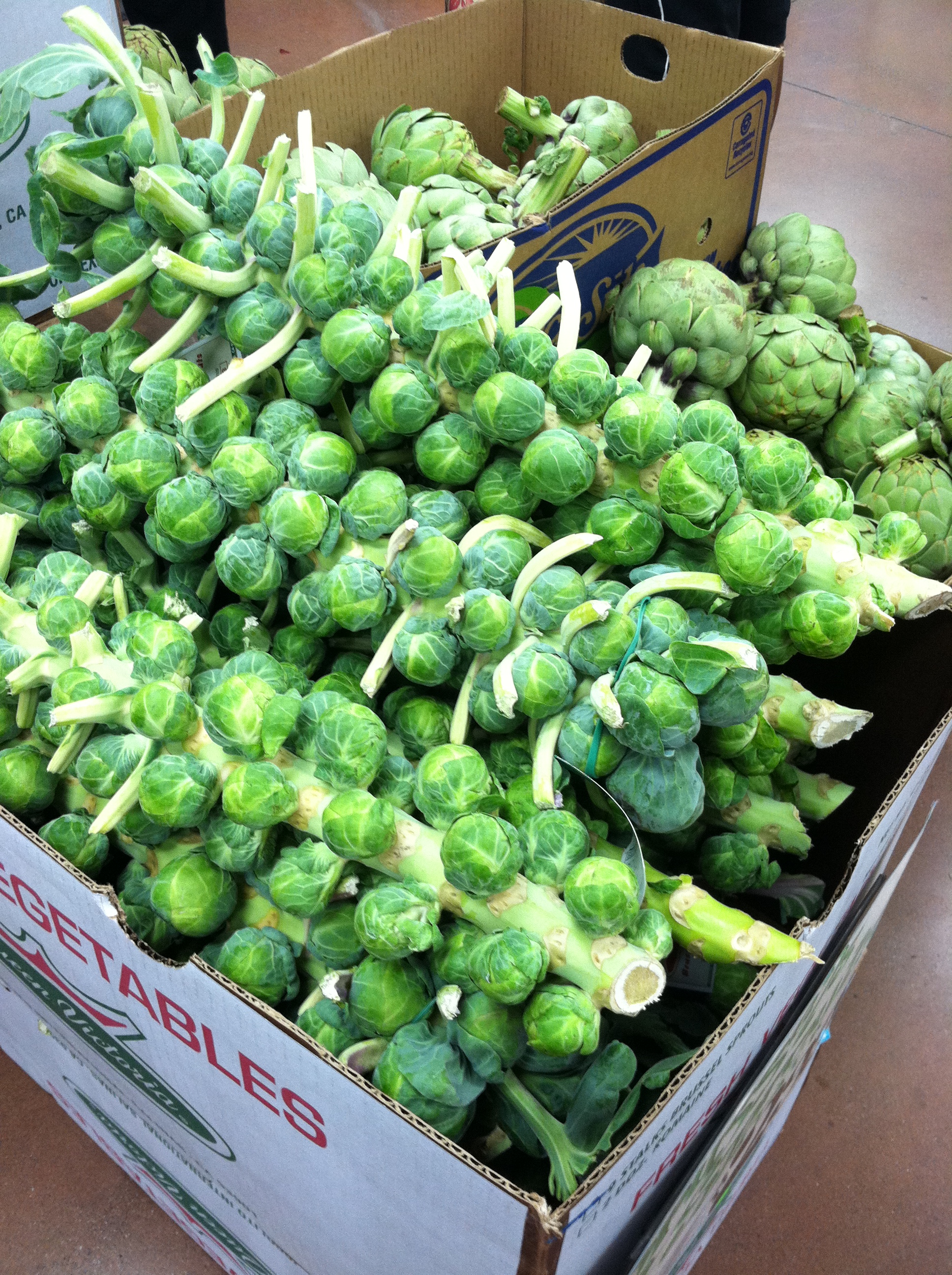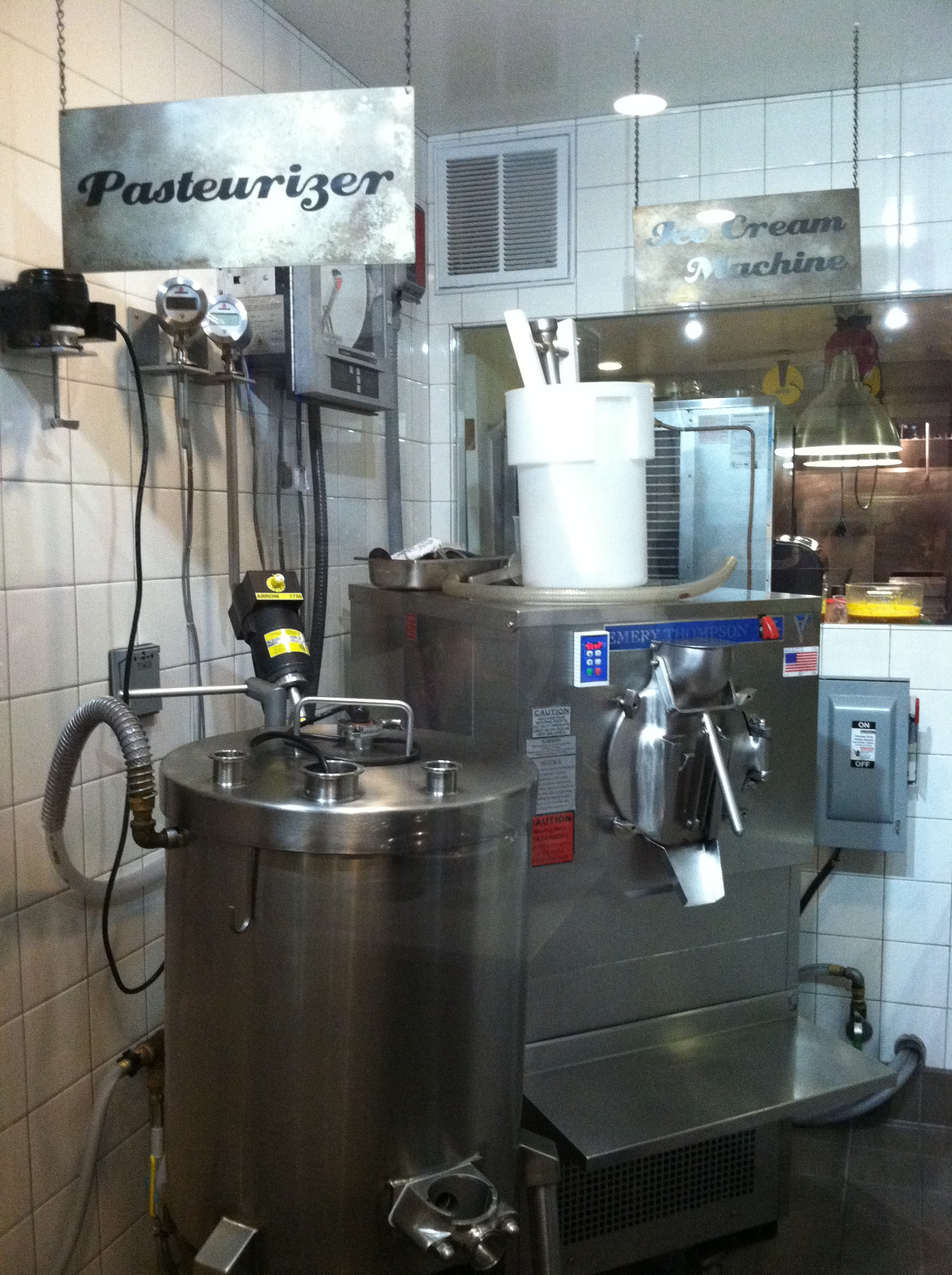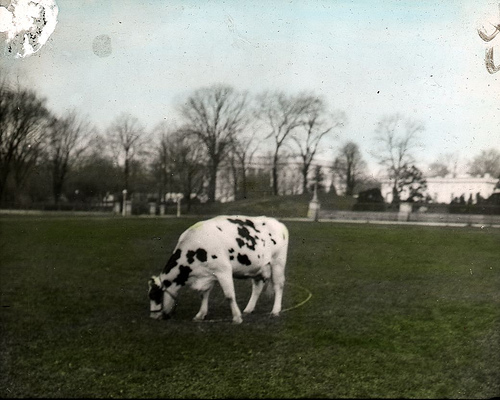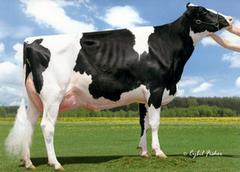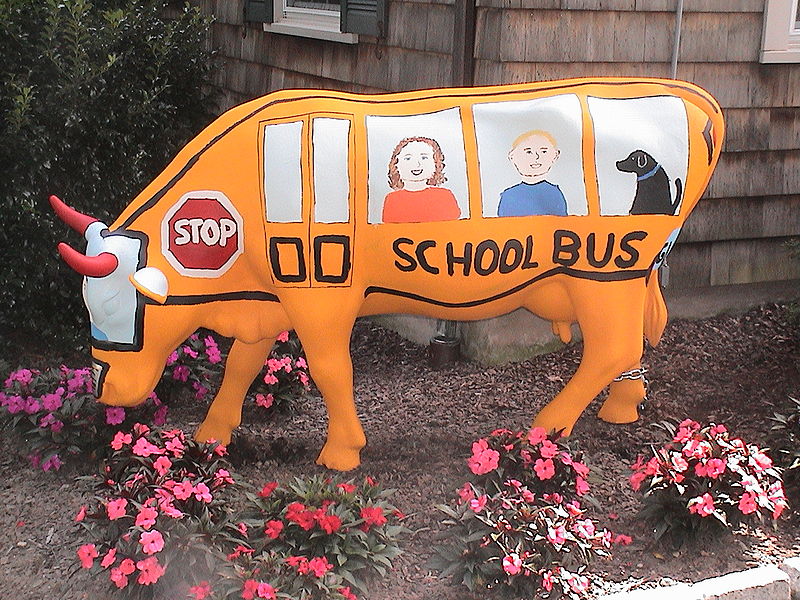You drink it. You put it on your cereal. You dunk cookies in it.
MILK!
This magical substance is the first beverage most of us consume, when our wimpy newborn bodies can’t handle much else. But it’s not just a beverage, it’s a hyper-nutritious, calcium-packed nectar, produced by the mammary glands of female mammals to nourish their young.
Yeah, okay, so what’s the story with milk? Well, when I first arrived in Santa Cruz a little over a month ago, milk seemed to be the talk of the town. After all, it turns out, California is the leading producer of milk in the nation. It produced 38 billion pounds of milk in 2006. In fact, California dairy farms produce over 21% of the nation’s total milk supply.
Apparently, all the fuss had to do with recent crackdowns on producers of raw milk (or rather, owners of the milk producers, who were, in fact, farm animals).
Raw milk is milk that has not been pasteurized or homogenized. What exactly is pasteurization? You always see it on milk cartons, but how often do you stop to wonder what it actually involves?
Pasteurization, named after the Frenchman Louis Pasteur, is essentially heating up a liquid or food to kill pathogenic bacteria that can be threatening to your health. Sounds like a good idea, right? Well, the FDA thought so, and it’s become pretty much standard practice in the retail dairy business. But not everyone’s happy about it… more on this later.
Here in California, milk production is regulated by the California Department of Food and Agriculture (CDFA). On their website, they have a chart showing California’s bacteriological standards for milk:
|
Standard |
Federal |
California |
|
| Grade “A” Raw Milk for Pasteurization | Bacterial (Standard Plate Count) Limits | Not to exceed 100,000 per ml | Not to exceed 50,000 per ml |
| Somatic Cell Count | Not to exceed 750,000 per ml | Not to exceed 600,000 per ml | |
| Coliform | No Standard | Not to exceed 750 per ml | |
| Laboratory Pasteurized Count | No Standard | Not to exceed 750 per ml | |
| Grade “A” Pasteurized Milk | Standard Plate Count | Maximum 20,000 per ml | Maximum 15,000 per ml |
| Coliform | Maximum 10 per ml | Maximum 10 per ml |
Clearly, California is more anal than the federal government, at least when it comes to bacterial standards.
Back in 2008, the CDFA passed a bill called “AB 1735” which established new standards for coliform bacteria in raw milk sold in California. As of January 2008, the state’s two raw milk bottlers were required to have a final product with no more than 10 coliform bacteria per milliliter (same as pasteurized milk).
What’s a cauliflower coliform anyway? Colforms are a group of bacteria typically found in the environment: in soil, surface water, vegetation and the intestines of warm-blooded animals. Well, I guess cauliflower could be found in that last one, too. Anyway, coliforms are used as a gauge of sanitary conditions in things like…(surprise) dairy production. They also produce the characteristic “off” taste in sour milk. While most don’t actually cause disease, a small fraction can make you sick, especially if you’re a young child, old person, or have a weakened immune system.
For example, a strain of E.coli O157:H7 has been implicated in some pretty sordid cases of foodborne illness. They produce a toxin called “Shiga toxin”, named after the Japanese physician and bacteriologist Kiyoshi Shiga, who first described the bacterial origin of dysentery due to Shigella dysenteriae.
(I can think of better things to have named after you than a toxin, but at least he got his own Wikipedia page.)
Shiga toxins work by inhibiting protein synthesis in cells by cleaving off a nucleobase from the RNA of a ribosome. The dysfunctional ribosome stops being able to produce protein. Clearly this not optimal. Shiga toxin-producing E.coli were behind for the recent outbreak in deadly sprouts from Germany.
But back to milk…
How do coliform get into milk? The most common way is milking cows with wet, grimy udders or using unclean milking equipment. Their presence, while not inherently harmful (unless they’re the toxic variety), has been used as an indicator of sanitation for years. In dairy farms, coliform count is a measure of the fecal bacteria in milk (eww, right?), but coliforms can also signal environmental contamination of drinking water supply systems.
The good news (some would argue) is that pasteurization of dairy products easily kills coliform. Contamination can occur after pasteurization too, though, which is why it’s important to refrigerate milk. For raw milk, California law mandates it be cooled to 50 deg. F after milking begins and maintained at 45 deg. F within two hours after milking.
According to the CDFA, the new standards for coliform count in raw milk can be achieved without pasteurization, “with utilization of sound cleaning and sanitation practices.” They say that on average, about 25% of milk samples from dairy farm inspections fall within the allowable range for colliform bacteria. ** Agreeing with national data collected by USDA’s National Animal Health Monitoring System, and published in the Journal of Dairy Science in 2004 (J. Dairy Sci. 87:2822).
The CDFA lists a few suggestions for minimizing coliform count in raw milk. Here are two of my favorites:
- Properly managing manure, bedding, housing and pastures to prevent cows from arriving overly dirty at the milking parlor.
- Use of an appropriate commercially available pre-milking teat sanitizer to further reduce the amount of bacteria contacting milking equipment
The raw milk bill specifies maximum bacterial counts for a whole range of dairy products, including ice cream, sherbet, and eggnog! I did a bit of “field research” at the Penny Ice Creamery here in Santa Cruz, and found out their ice cream is a) delicious and b) pasteurized in-shop (see photo).
Well, not everyone’s on board with the raw milk restrictions. Many people consider it their right to drink and distribute raw milk. This isn’t prohibition, after all. Recently, Santa Cruzans (or whatever the right collective noun is) staged a “Milk-In” at the Downtown Farmers Market. People are serious about their milk, so don’t even try to move their cheese.
[vimeo http://vimeo.com/29397123]
On that note, I leave you with some cow pictures:
